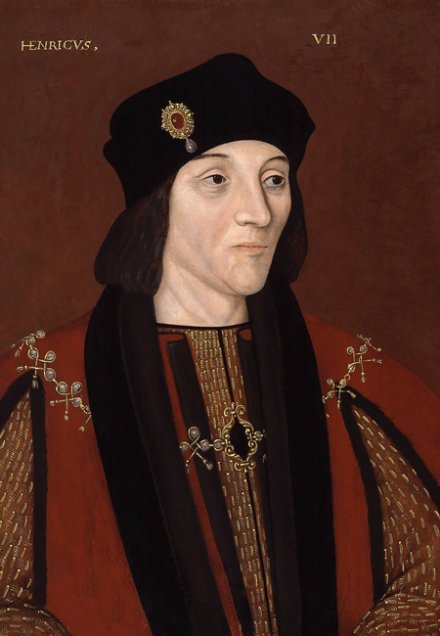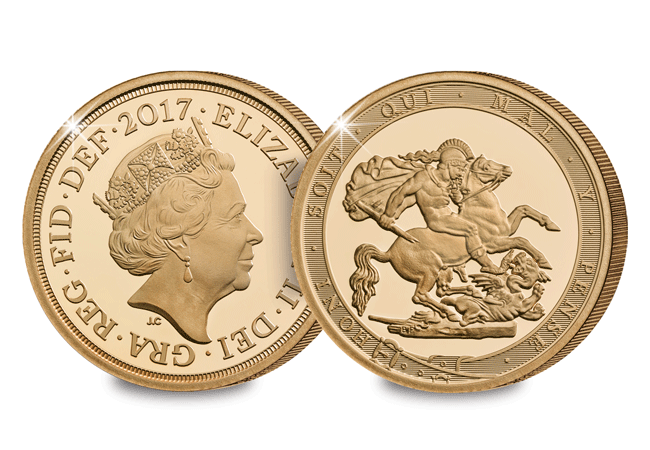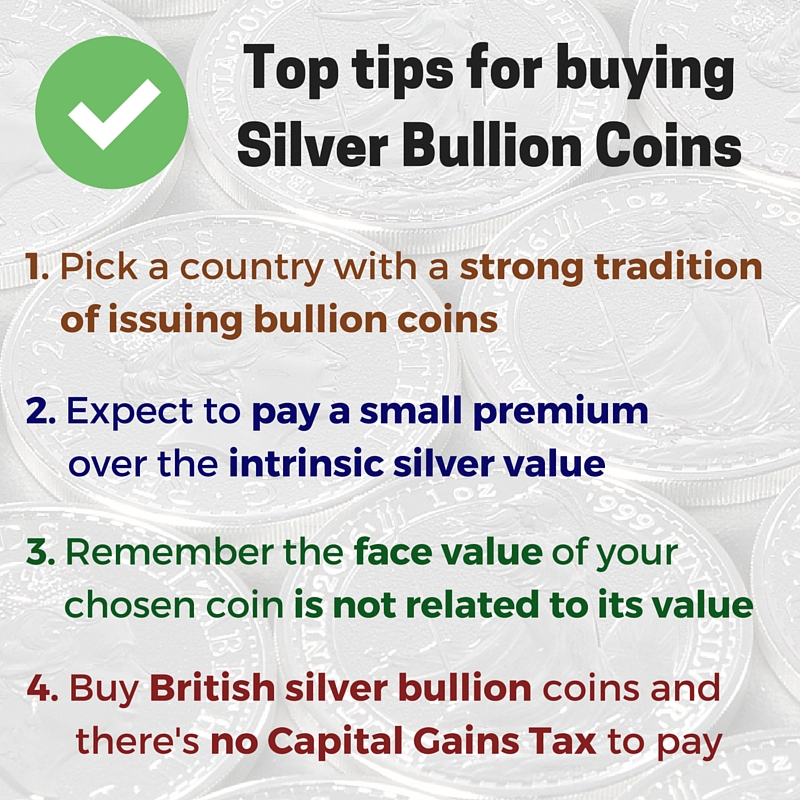Posts Tagged ‘uk’
Introducing 200 years of the Sovereign. Part I: Back to the very beginning…
2017 marks the Bicentenary of the Modern Sovereign. Reinstated as part of the 1816 Great Recoinage to replace the Guinea, the ‘modern’ Gold Sovereign has epitomised British quality across the world for the last 200 years.
But there is much more to discover about the Gold Sovereign. And now, in the lead up to its special anniversary, we explore its story in a six part series of posts about its 200 years of fascinating history, telling the tale of the King of Coins from its very beginning in 1489 to now.
First, back to the very beginning…
The history of the Sovereign dates back as far as 1489, when King Henry VII instructed The Royal Mint to strike a new gold coin.
The new coin weighed twice as much as the existing Ryal and it was the first coin to be issued with a value of one pound sterling. It was struck in almost pure gold using the standard gold coinage alloy of 23 carat.
A Design with International Power
The coin was fittingly called the Sovereign, which was also the name of his warship that had been built the year before. Its design was inspired by a coin issued in the Netherlands by Emperor Maximilian in 1487 and featured King Henry on his throne, with orb and sceptre in his hands radiating the power of the monarchy.
The Latin inscription on the coin read ‘Henry, by the Grace of God, King of England and France, Lord of Ireland’, which sent a message to Europe that England was a nation to be reckoned with. The reverse design featured a shield bearing the Royal Arms on a large Tudor Rose.
The Sovereign became the flagship coin of the Tudor reign and was struck in turn by each Tudor monarch and is still considered the flagship coin of the Royal Mint today.
The Forgotten Years
However, the production of the Sovereign stopped when King James I inherited the throne and introduced a new pound coin, the Unite (named to mark his desire to unite England and Scotland).
And the Sovereign was forgotten for nearly 213 years, until 1816, when something momentous in the history of British coinage was to happen…
Find out what happened in Part II of our 200 years of the Sovereign Blog Series – click here to read it >>
Announcing the new UK Bicentenary Gold Proof Sovereign
To mark the Bicentenary of the “modern” Gold Sovereign in 2017, The Royal Mint have just released a brand new Gold Proof Sovereign reprising Benedetto Pistrucci’s original engraving from 1817.
With a low edition limit of just 10,500 worldwide, a special one-year-only design change and a fine proof finish, the 2017 Bicentenary Gold Sovereign has all the elements to be one of the most collectable British gold coins of the 21st century. And now you can own one.
Click here to secure yours today >>
Your guide to buying a silver bullion coin
Bullion coins are some of the most sought-after coins in the world, often selling out and causing stock shortages at major national mints. So what do you get for your money? And why should you buy one?
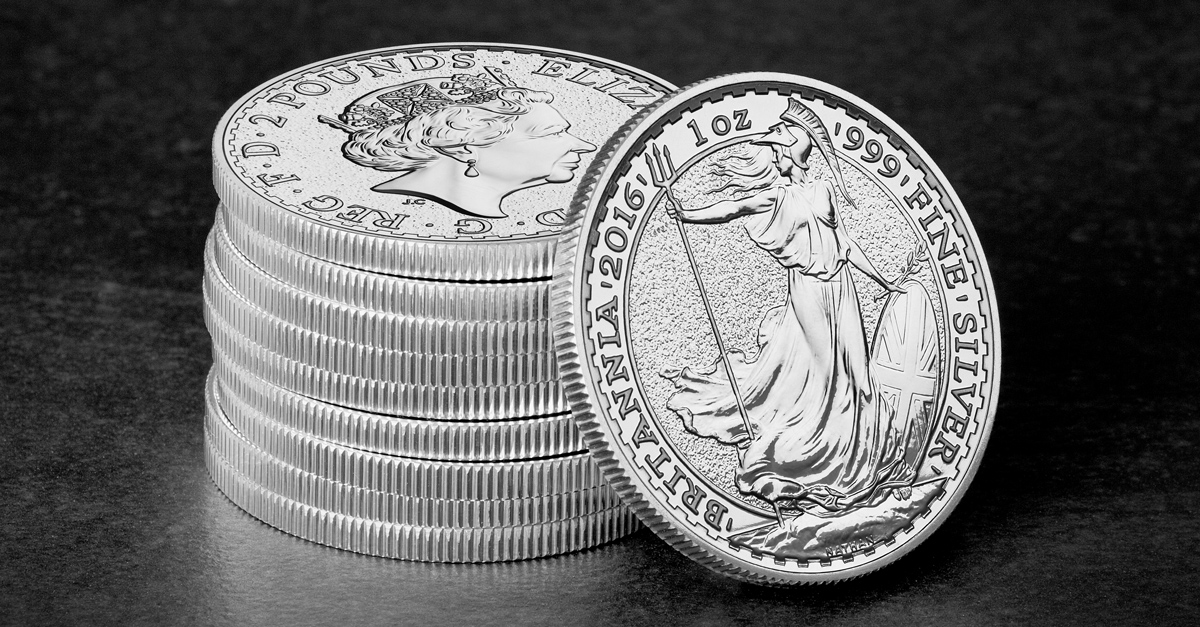
The 2016 Silver Britannia
Well the key reason most people purchase a bullion coin is the precious metal content. For example, the UK £2 Britannia coin contains an ounce of pure 999/1000 silver. Soon enough one coin turns into many and you can find yourself owning a sizeable amount of silver.
But these coins are not just lumps of metal. The silver Britannia is also a real piece of craftsmanship, with a beautifully evocative design struck with all the expertise of the Royal Mint.
Combine this craftsmanship with the silver content and you start to see just why this coin is so collectable.
But why is this any different from a silver bar, or a silver round?
UK bullion coins carry the authority and security of being a government issued coin. There is never any debate about their purity or integrity. In fact they are checked every year at a 734 year old ceremony called the Trial of the Pyx. You can buy one safely in the knowledge that you are getting what you pay for.
This also explains why bullion coins sometimes appear to have a ‘misleading’ face value. The Britannia is a £2 coin, but the silver content is worth much more than that. The truth is the face value is really there to legitimise the coin and prove that it is an official state-authorised issue.
And legal tender British bullion coins have a final bonus – they will never incur any Capital Gains Tax. This makes them the perfect way to pass down silver through the generations.
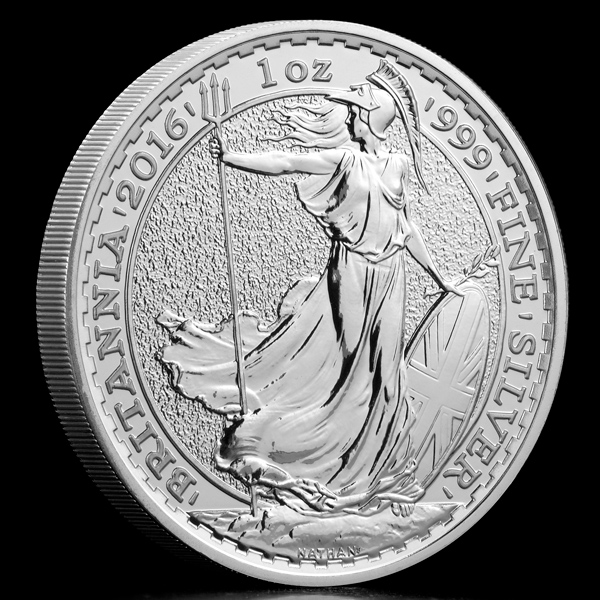
Phillip Nathan’s ‘Standing Britannia’ design
But you will have to pay VAT. And as with any struck coin, you will have to pay a small premium over the raw metal value to cover production costs. At the time of writing, raw silver is trading at around £10.50 an ounce, but you’d be hard pressed to find a way of buying a single ounce at that price.
Bullion coins facilitate an easy entry into the world of owning silver and coins. They are not about face value or edition limit, but you can still have the satisfaction of securing a collection of genuine, bona fide UK coins – at as close to the raw silver price as you are likely to get.
Top Tips for buying silver bullion coins:
- Pick a country with a strong tradition of issuing bullion coins
- Expect to pay a small premium over the intrinsic silver value
- Remember the face value of your chosen coin is not related to its value
- Buy British silver bullion coins and there’s no Capital Gains Tax to pay


